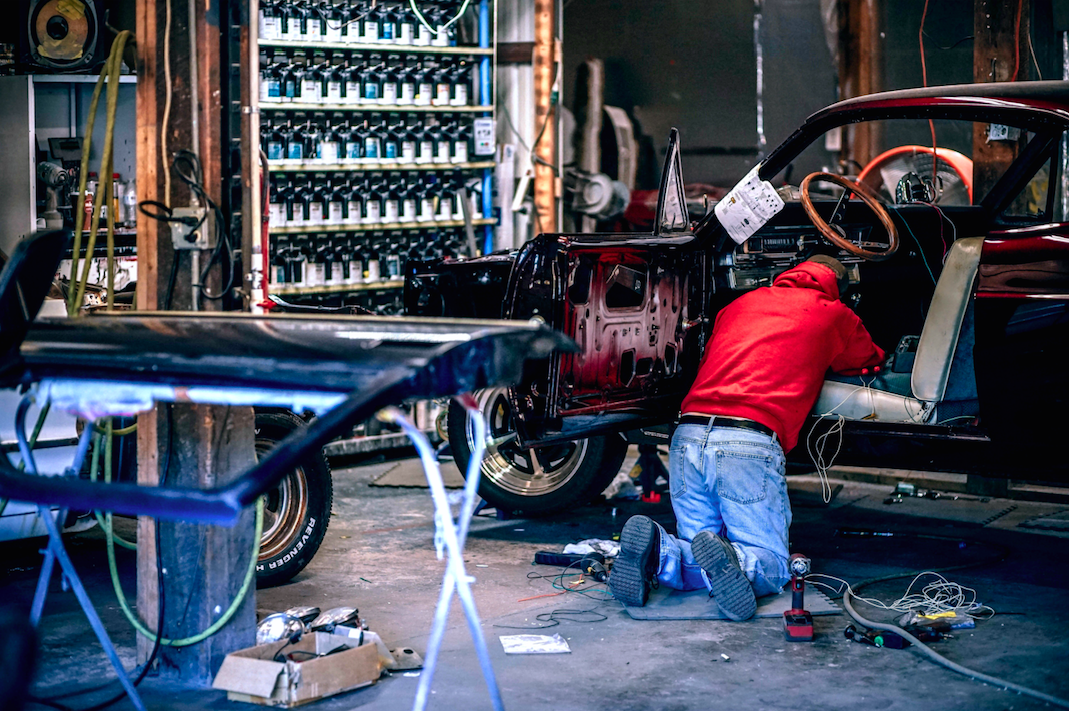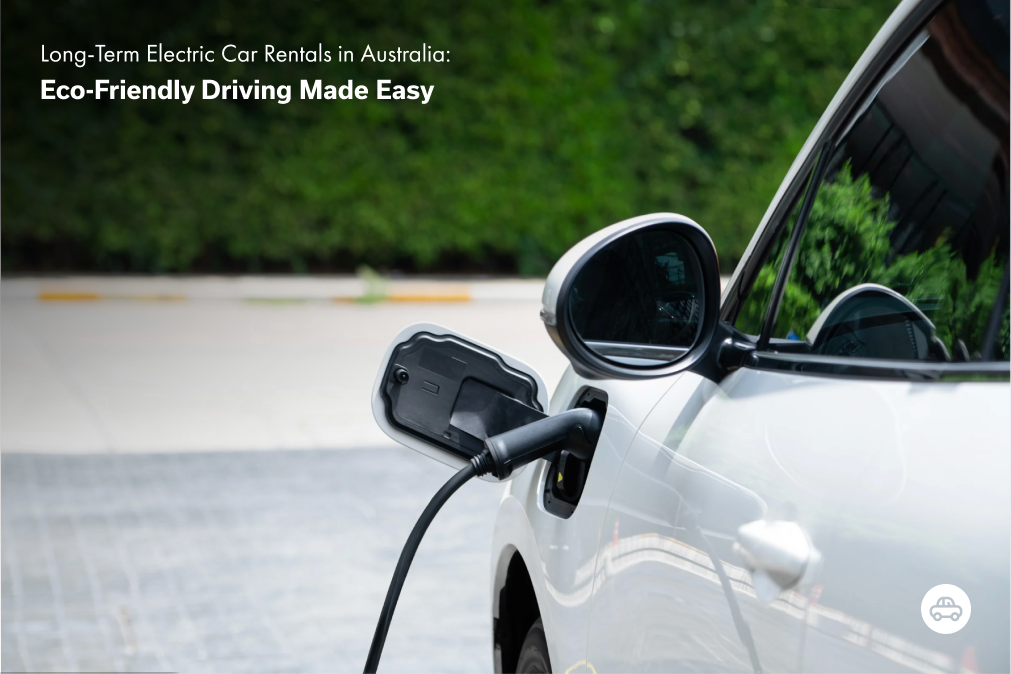There’s a lot more to a car than simply being bought, sold and filled with petrol – they need constant maintenance to stay in tip-top condition. Many drivers can find themselves in sticky situations simply because they weren’t aware that a particular part of their car needed replacing, and when it’s something as important as brake pads, that sticky situation can quickly become dangerous.
We’ve rounded up all the important repairs you’ll need to mark on your calendar once you’ve bought a car so you can avoid risky and inconvenient situations that could end up costing you an arm and a leg.
Fuel Filter
Your fuel filter is one of the biggest go-getters in your car. It’s in action from the moment you turn your car on, to the moment you park it in the garage, and it does the all-important job of preventing impurities from clogging injectors, which is why it’s so important to have it replaced quite regularly.
When to replace: Every two years or 40,000 kilometres.
Power-Steering Fluid
This one is an easy repair that you can do yourself at home. A good rule of thumb is to check fluid levels at the same time you’re checking oil levels and replenish with the manufacturer’s suggested fluid to avoid problems like unexpected drops in the fluid level and surges of resistance felt as you turn the wheel.
When to replace: Keep an eye on the level every time you change the oil and top up as needed.
Battery
A lot of people don’t realise that a necessary battery replacement is inevitable and leaving it to the last minute could lead to all kinds of sticky situations (like being stranded on the side of the highway). Make sure when you do replace your battery to use one that matches your car’s specs. The best way to do that is by having your battery replaced by a licensed professional.
When to replace: Typically every 4-5 years or as needed.
Air Filter
Your air filter doesn’t get much time or love throughout the life of your car, because you can’t see it, so people often don’t realise it needs replacing. However, the functionality of your engine relies on this little piece of equipment, so be aware of the manufacturer’s recommendations when it comes time to make the switch.
When to replace: Every 12 months, 20,000 kilometres or as needed.
Automatic Trans Fluid/Filter
If your car is a conventional automatic or has a clutchless gearbox, this fluid is as important to your transmission as oil is to the engine. This little liquid fights the forces of friction and keeps things at safe operating temperatures, so check the levels periodically and replenish it with the right recommended product. The same goes for the filter.
When to replace: Every 2 years or 40,000 kilometres.
Spark Plugs
Spark plugs trigger the mixture of air and fuel in your car’s cylinders and cause combustion within your internal engine that basically allows you to get your car from A to B. This technology has advanced quite a lot in the last few years but the spark plugs themselves still needs replacing from time to time or you could risk failing your emissions test.
When to replace: Every 50,000-160,000 kilometres, depending on the car.
Engine & Timing Belts
This should be a big date on your calendar or you could face astronomical repair bills later on! These belts keep your alternator and water pump active outside, and the valves from making making contact with the pistons inside, and both sets of belt are critical to your car.
When to replace: For engine belts it’s every 3 years or 60,000 kilometres, for timing belts it’s every 150,000 kilometres.
Coolant
This little anti-freeze remedy is any easy one to replace, just keep an eye on the level when you check your oil, or after particularly long trips.
When to replace: Every 2 years or 40,000 kilometres, whatever comes sooner.
Tires
Thankfully, it’s easy to tell when your tires need replacing, both with a quick look at your tires and a more precise inspection with a tread depth gauge that can tell you if you’re nearing the minimum limit.
When to replace: Either at the minimum safe tread depth or every 6-10 years.
Brakes
Failing to replace any of the parts we’ve listed can lead to a number of seriously inconvenient situations, but none can be as lethal as what can happen if you don’t give your brakes the attention they need. Fortunately, all you need to do is check and change the fluid level now and again and change the brake pads as soon as there’s a hint of safety being compromised.
When to replace: Change the fluid every 2 years or 40,000 kilometres & replace the brake pads prior to them reaching the minimum safety thickness.
At the end of the day, it’s infinitely better to be safe than sorry when it comes to your vehicle and it doesn’t pay to delay because it just means spending more time and money later on. If your car’s needing regular TLC, then it might be time to upgrade to a more reliable vehicle. Check out our range of quality used cars here, each comes with a complimentary 250-point vehicle inspection so you know you’re getting the quality you deserve.
Follow us below on our social media channels!









